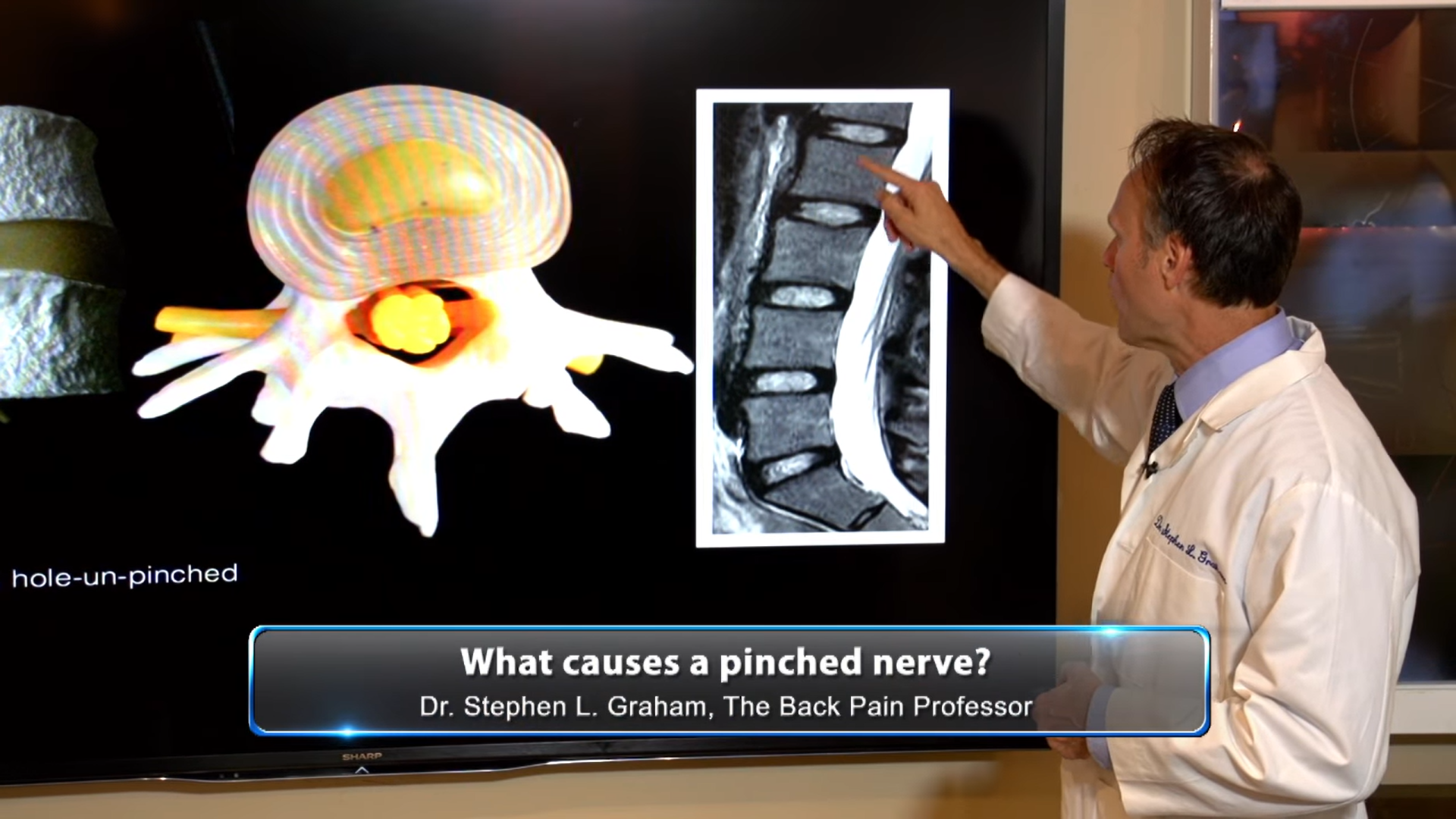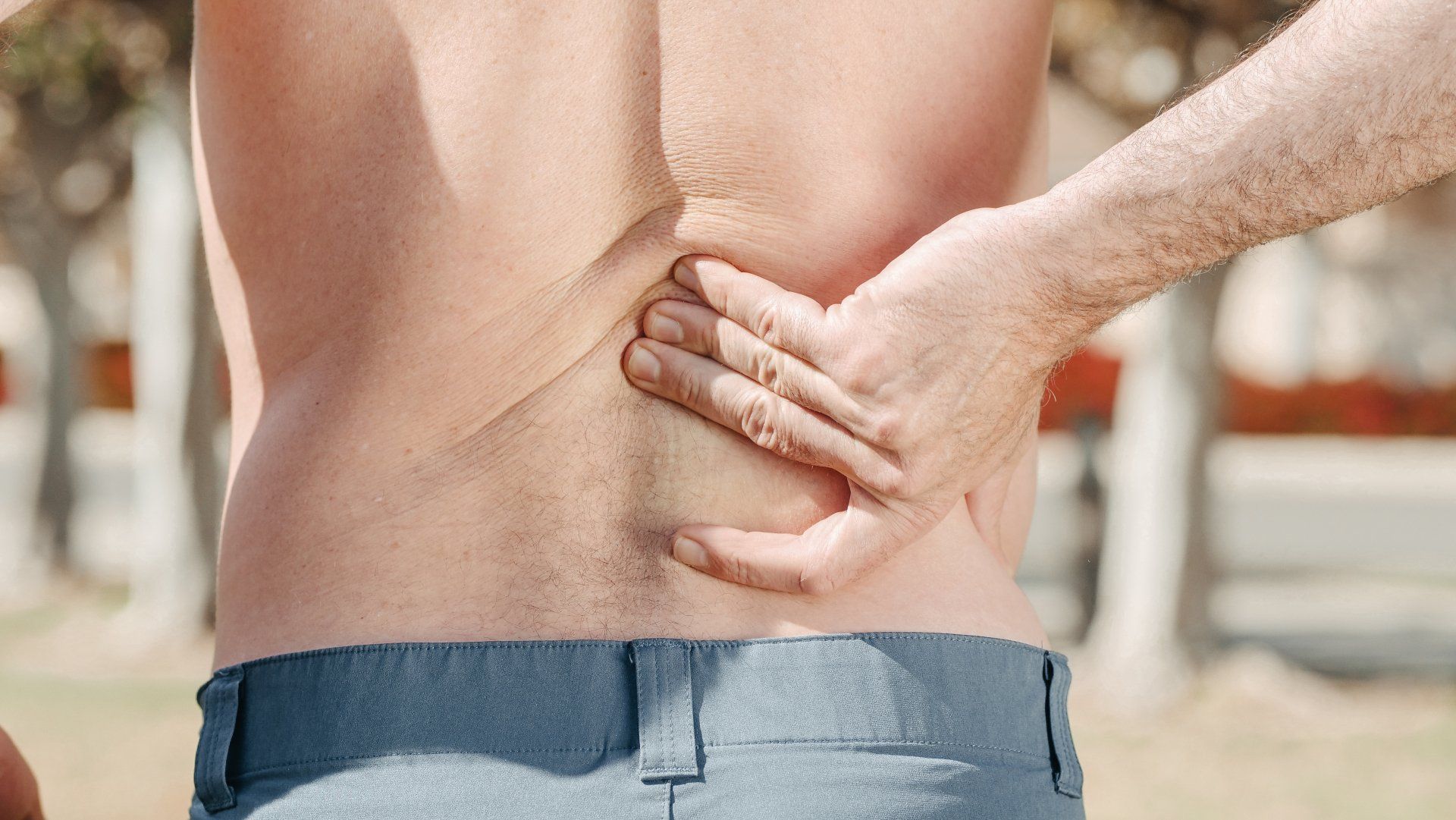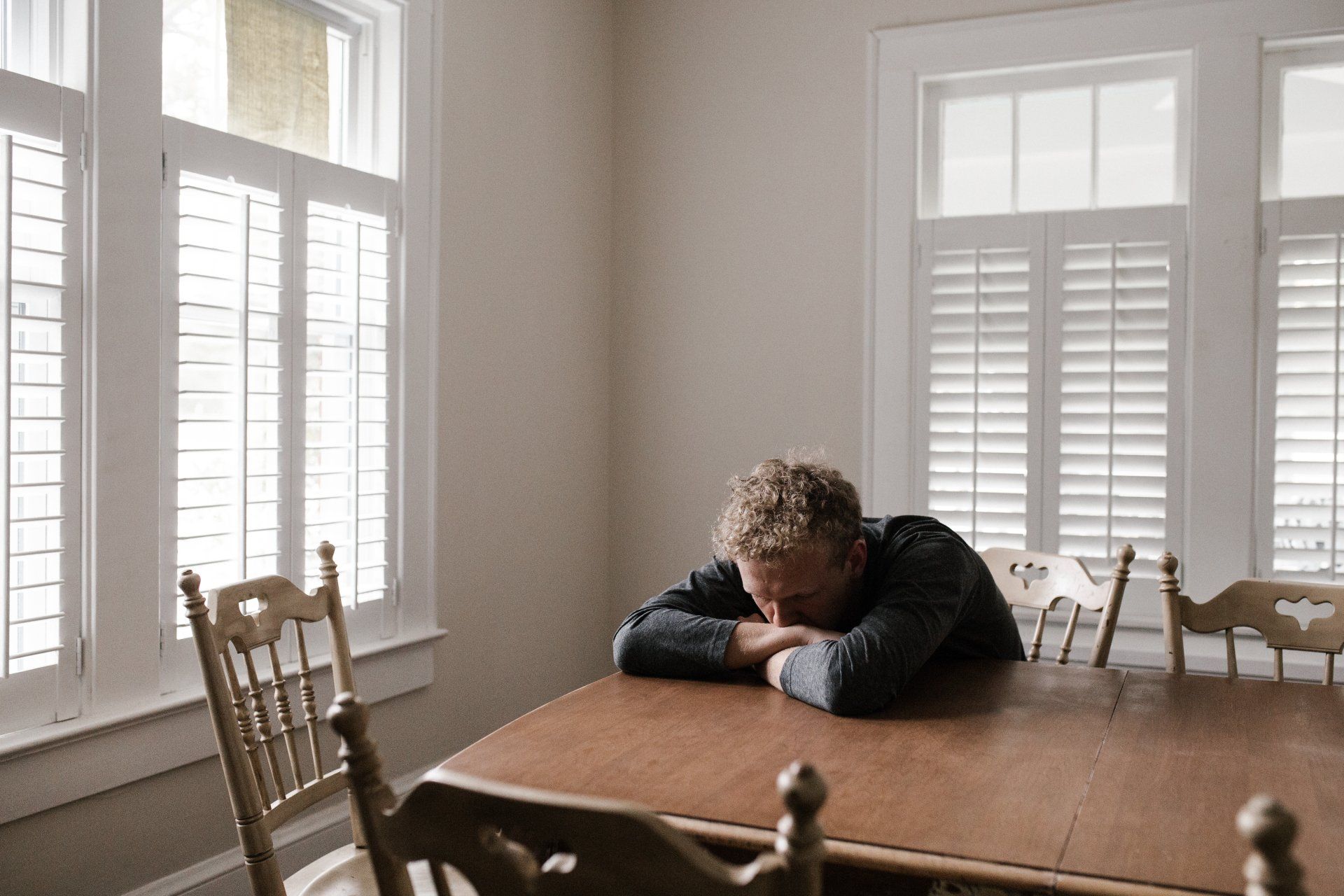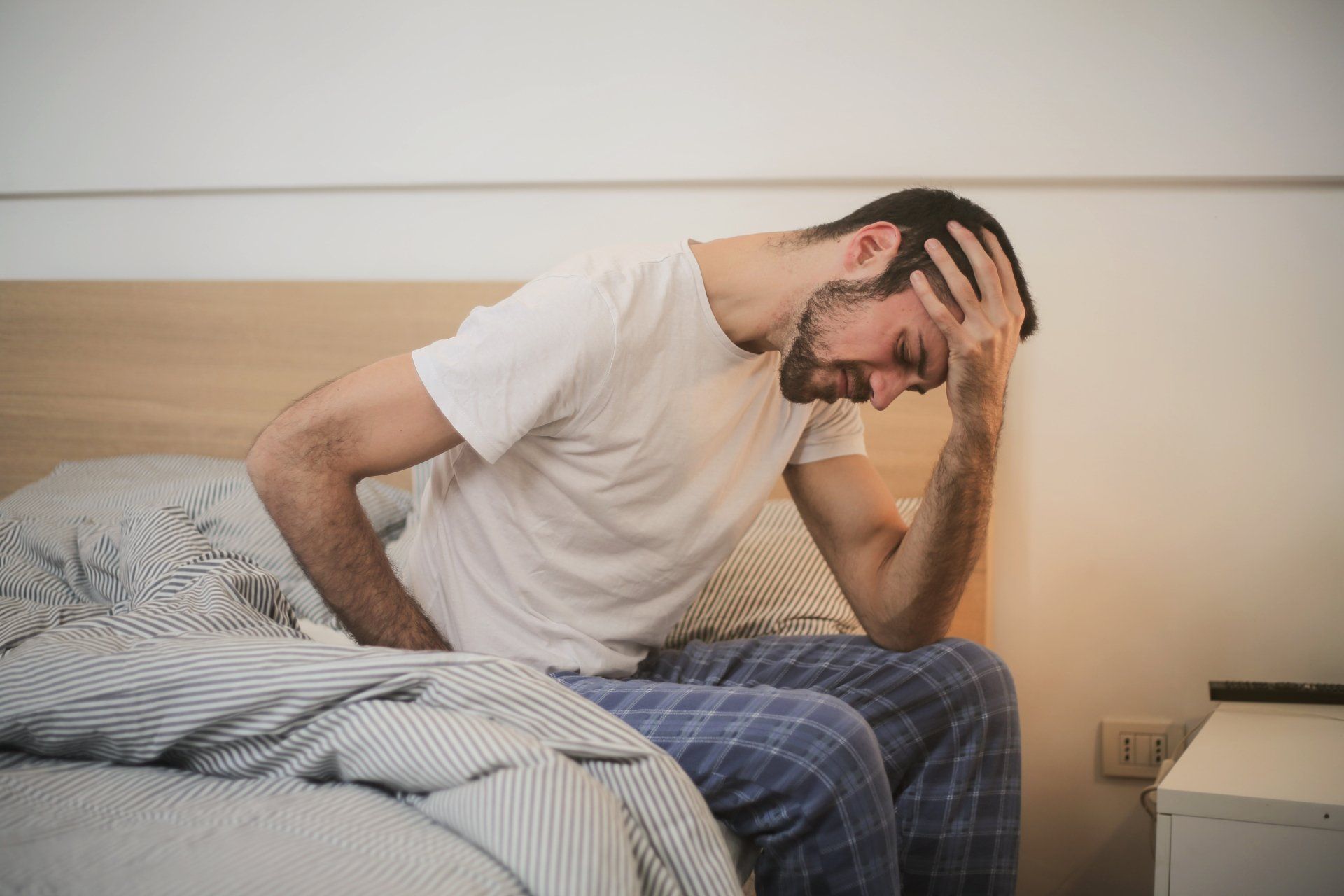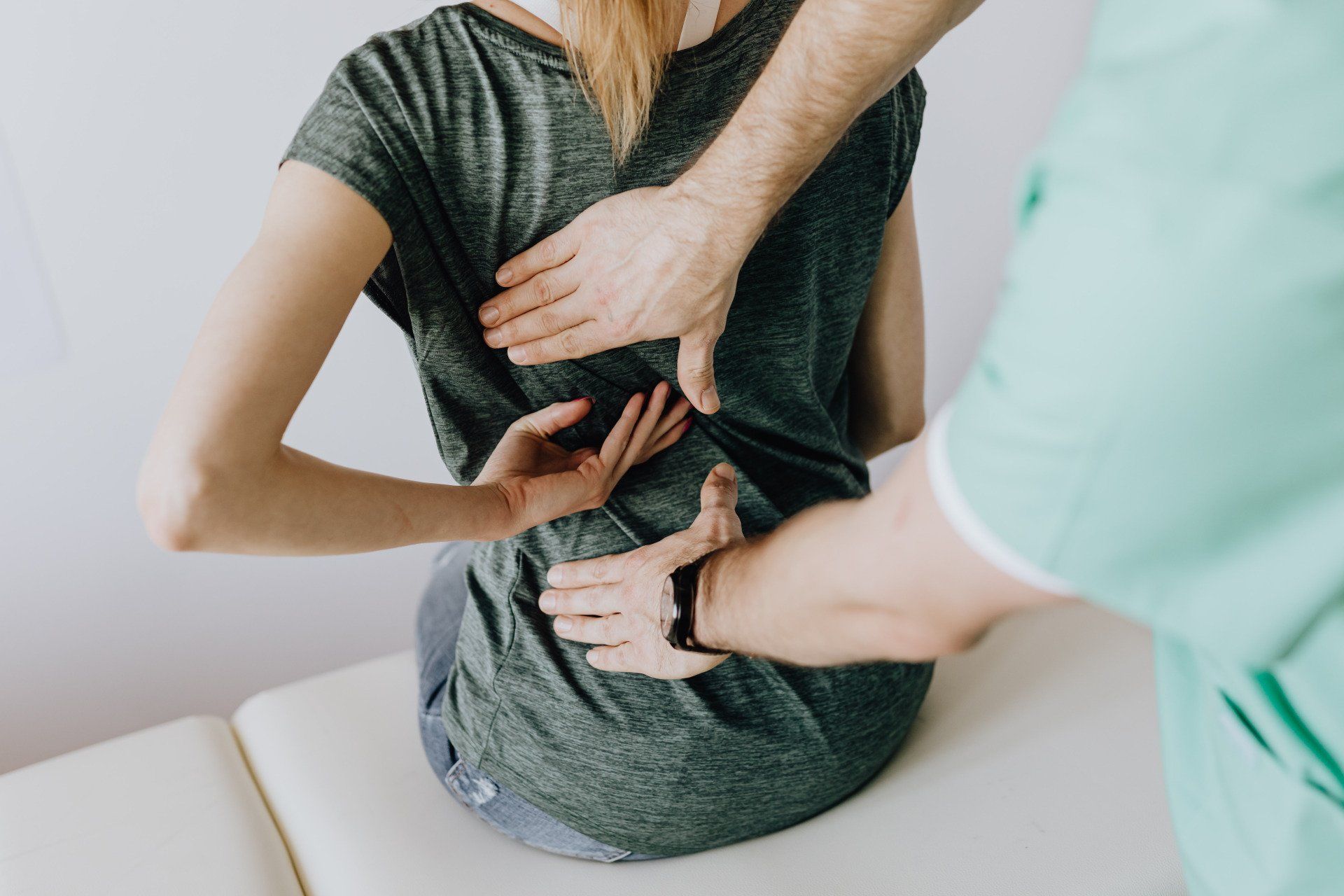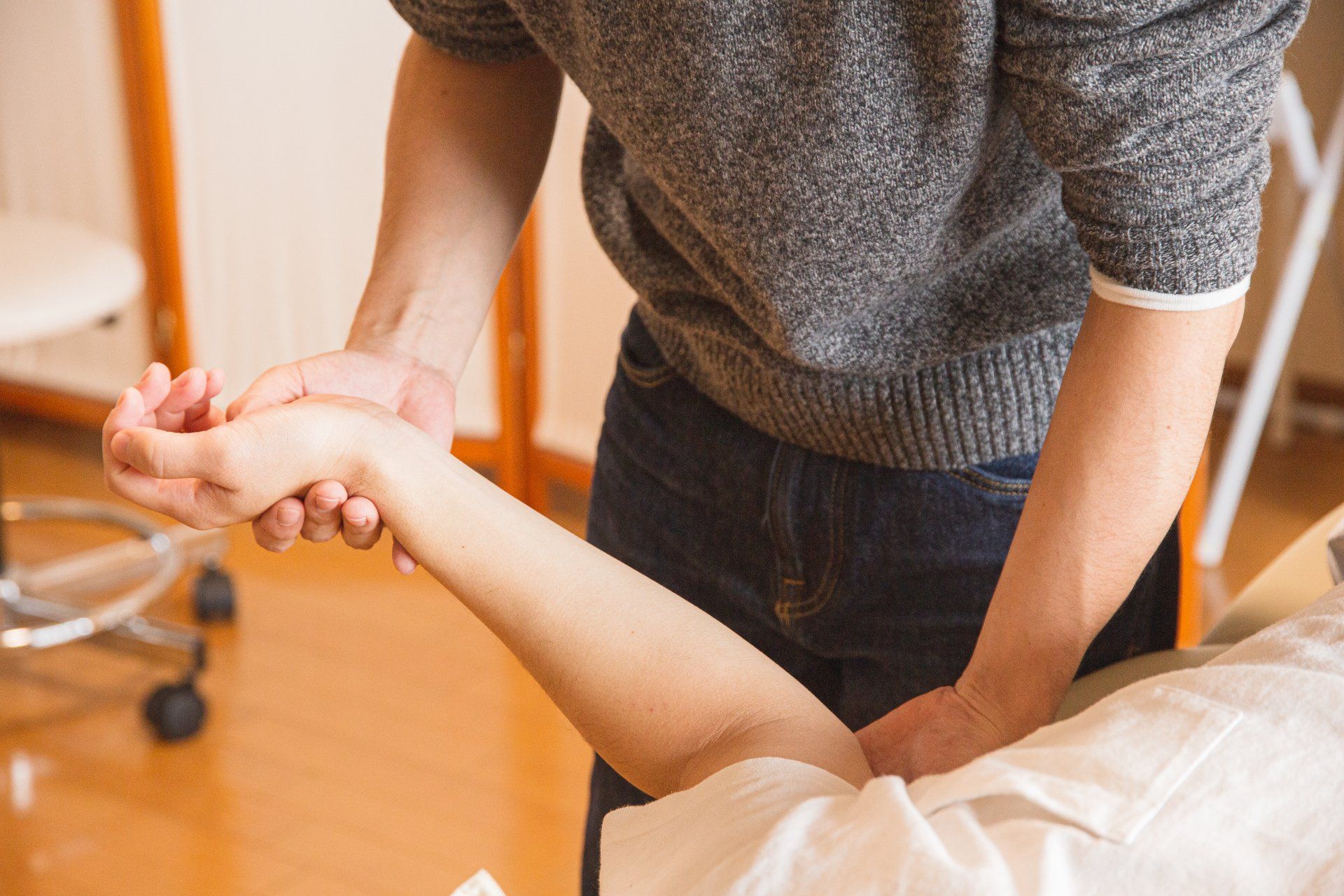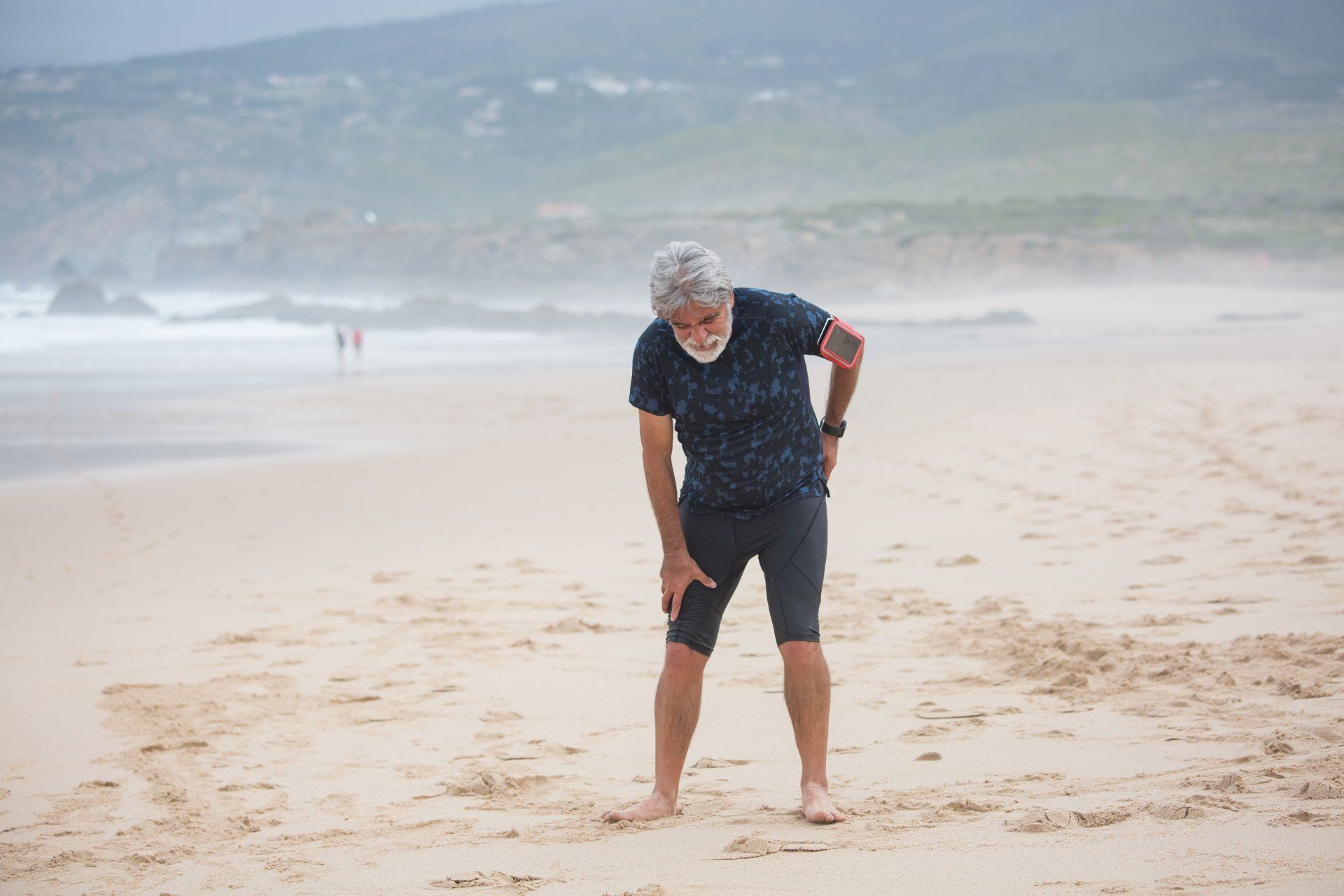49 Year Old Physical Laborer Is Healed of 3 Year Leg Pain
Dr. Graham, a Louisville, Chiropractor, utilizes computerized chiropractic adjustments to correct problem
WHO:
49 year old male who is a physical laborer consulted with our chiropractic center because of moderate to severe back and leg pain. He is a tall and stout man who reported to me that these pains have been present since 2010 (3 years). He believes hard labor for many years had lead to his problem.
PAST CARE:
Medical: past doctor visits resulting in various prescription medicines.
OTC: Ibuprofen (3 day), heat, ice, aspir-creams
SYMPTOMS:
He describes the pain as going in the middle of his lower back and then it radiated down his left glute, back of his thigh, calf, ankle and his whole foot.
He described the leg pain as throbbing.
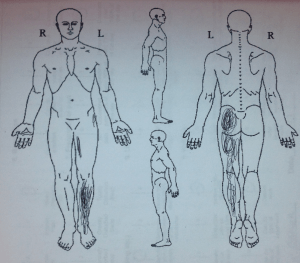
These things made it worse:
- Sitting for more than 5 minutes (needed to stand up)
- Bending
- Sneezing and coughing caused pain to shoot down the leg
- Laying down hurt in any position
Chiropractic/orthopedic examinations:
- Two (3) disc tests made his pain worse, including the cough test.
- Exhibited positive pelvic tests (2)
- Bending forward caused severe pain as did rotating (twisting) to the left
X-Ray studies: (see below)
- Degenerated disc L5-S1 (Phase 2 of 4)
- Sharply angulated lumbo-sacral angle 61 degrees (37-41 is normal)
- Right leg length deficiency (1/2 inch)
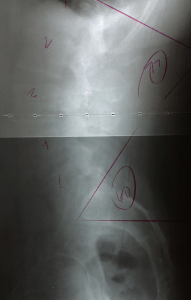
Working Diagnosis:
- Bulging disc at L5-S1
- Degenerative disc L5-S1
Treatment:
I treated him with computerized chiropractic adjustments. I set the force on the instrument to 400 Newtons (equivalent to 88 pounds of force). This is the optimum setting for the lumbar spine (lower back).
I considered at MRI if the patient did not respond after 30 days.
Outcome:
After 6 of the computerized chiropractic adjustments his leg pain was about 50% less at the 30 day re-examination, it was reduced 70%. At that point I gave him the cross-crawl exercises.
The second re-examination at the 60 day mark, he reported 85% of his pain is gone. He said he could tie his shoes again in a normal way and could cross his left leg. He can also sit for more than 2 hours before he feels any more discomfort.
I scheduled his chiropractic adjustments to 2 times a month for 90 days. He is now getting computerized adjustments to his lower lumbar spine one time a month.
Comments:
This person has been a model a patient, he did not miss any appointments and healed faster than i expected with the condition he came in with.
He weighs about 300 pounds and these types of builds typically present more challenges because of the additional stresses on the disc and bone.
This is a great case also in that i believe the exercise i prescribed him really helped the speed of healing along. i find that most of the patients don’t do as well when it comes to doing exercises. one of the reasons I like the cross-crawl exercise so much is because it is probably the very best exercise in terms of how easy it is to do, how long it takes and the benefit it gives. This is the perfect exercise for that reason.
The degeneration of the disc is what causes the jelly substance to slip back (slipped disc). Therefore, it is very important to keep a god blood supply to the disc so that it will not continue to die off and cause a bigger herniation. If they get too big, often times it leads to having back surgery. The best ways to keep the disc nourished and hydrated is specific decompressive adjustments to the spine (computerized 400 N of force), aerobic activity, lots of water. All these things will prolong the life of a disc.
More Graham Chiropractic Blogs
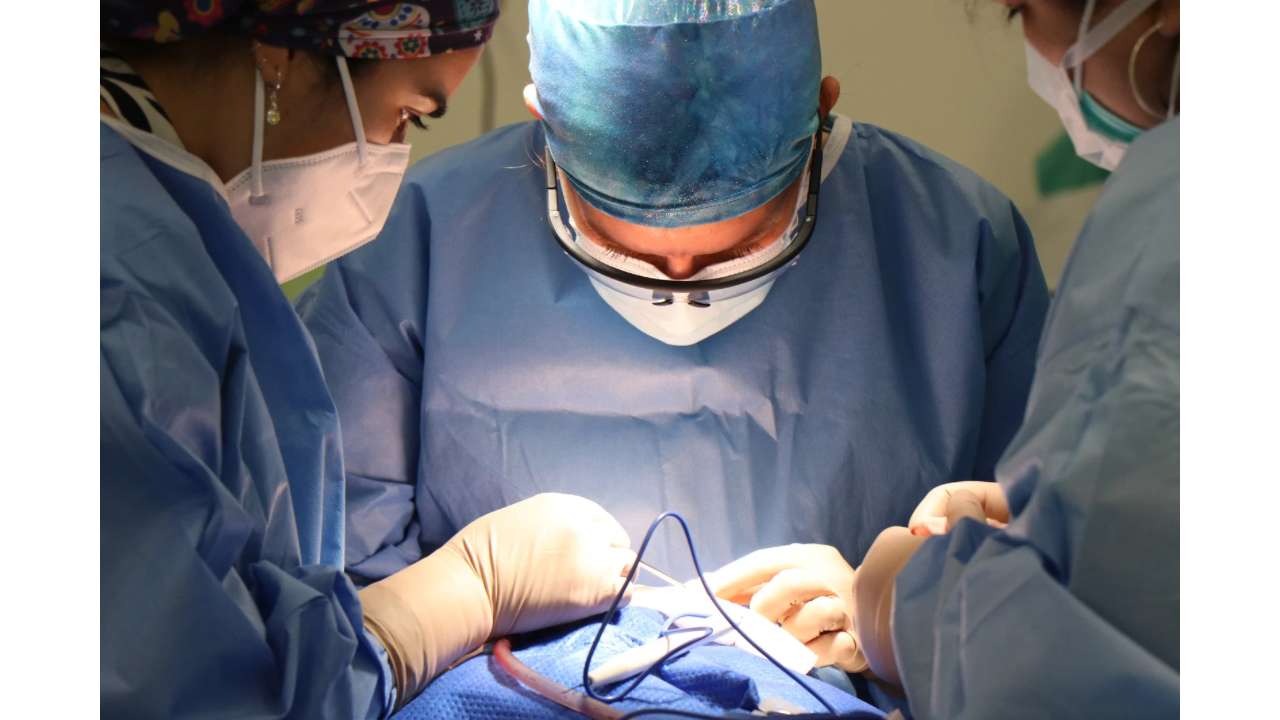


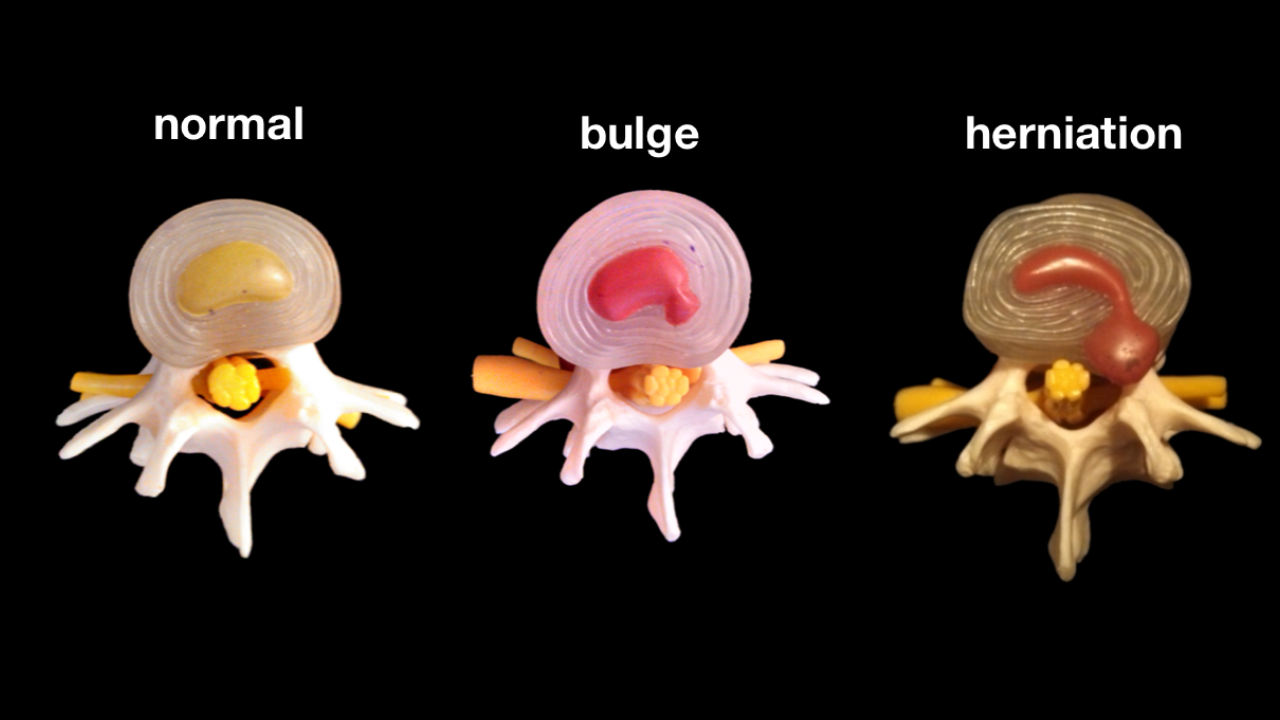
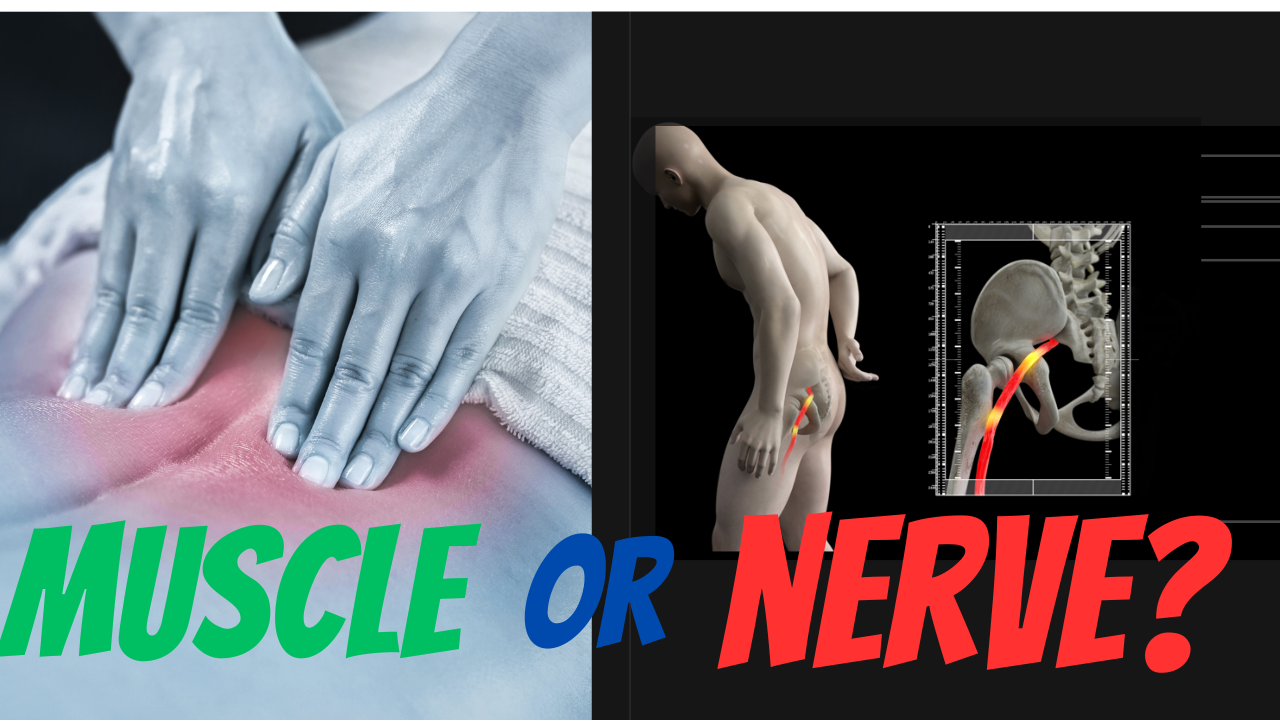
More Graham Chiropractic Case Studies
Useful Links
Office Location
Hours
| Monday | 5:00A - 11:00A |
|---|---|
| Tuesday | 5:00A - 11:00A |
| Wednesday | 5:00A - 11:00A |
| Thursday | 5:00A - 11:00A |
All Rights Reserved | Graham Chiropractic

